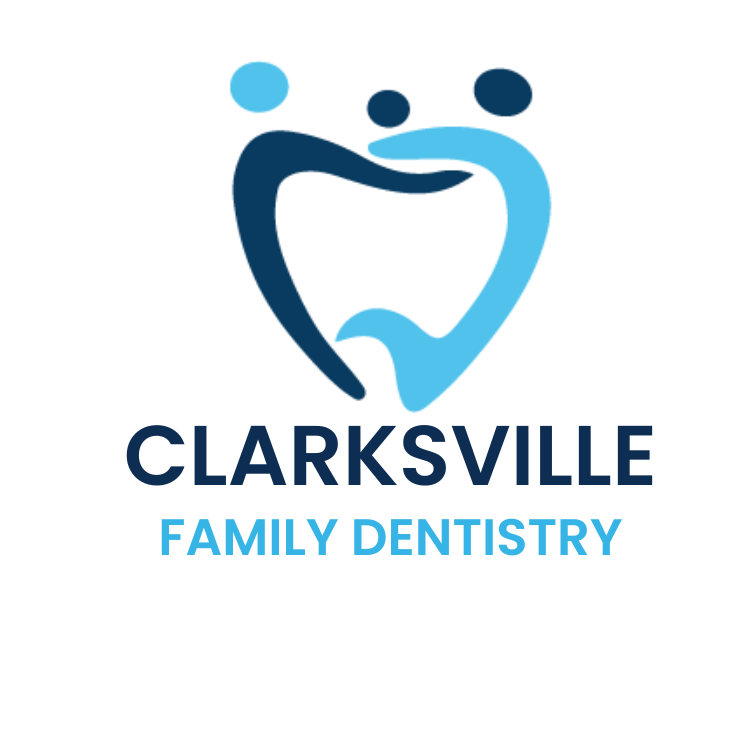
Temporomandibular Joint Disorder Causes and Treatments
The temporomandibular joint (TMJ) stands out as one of the most utilized joints in the human body, rendering it susceptible to various health challenges. When these issues culminate in chronic pain and disrupt jaw function, they collectively manifest as temporomandibular joint dysfunction, or TMD. Complications emanating from the jaw joint can profoundly impact both dental and overall health.
Unveiling Temporomandibular Joint Disorder (TMD):
TMD arises when the jaw and its controlling muscles malfunction, resulting in severe discomfort and pain. While TMD can afflict individuals across all age groups, pinpointing its precise cause often proves elusive. However, correlations between jaw irregularities, oral health, and genetic predispositions underscore its complex etiology. Left unchecked, TMD can precipitate dental deterioration and musculoskeletal complications.
The Multifaceted Impact of TMD:
Symptoms of TMD reverberate throughout the head, neck, and upper back regions. Despite its focal point in the jaw, the TMJ’s intricate network of connective tissues and muscles extends into the surrounding areas. In advanced cases, TMD symptoms may radiate beyond the jaw, leading to restricted mouth opening, clicking or popping sensations, chewing difficulties, and facial swelling. Prolonged jaw tension can also incite teeth clenching, resulting in dental damage like fractures and wear.
Navigating Treatment Avenues for TMD:
Treatment modalities for TMD encompass both non-surgical and surgical interventions, each tailored to address varying degrees of severity. Non-surgical approaches prioritize minimally invasive techniques such as anti-inflammatory medications, steroid applications, oral appliances, and physical therapy. These methods aim to alleviate discomfort while restoring optimal muscle function. In cases where conservative measures fall short, surgical intervention becomes necessary. Surgical procedures may entail tissue removal to enhance mobility or structural adjustments to bolster joint stability.
Empowering Restoration Through Professional Care:
Given its implications for oral health and quality of life, seeking professional intervention is paramount for long-term restoration. A specialized oral maxillofacial practitioner can assess TMD symptoms comprehensively, discerning their root cause and prescribing the most suitable course of treatment. By addressing TMD promptly, individuals can reclaim comfort and functionality in their daily lives.
